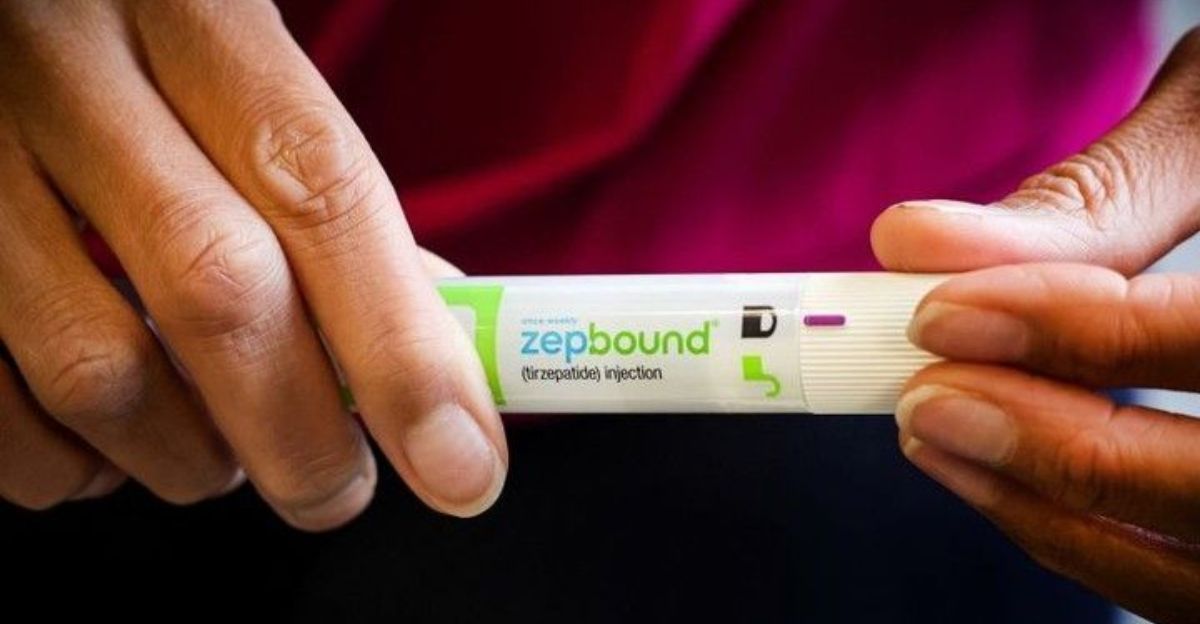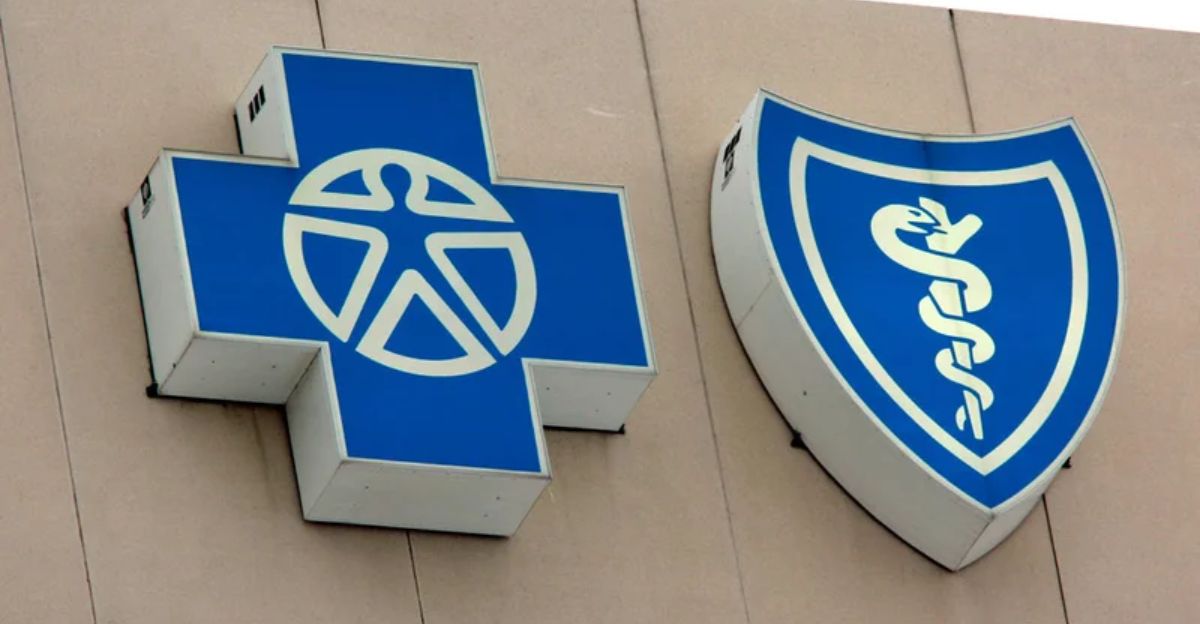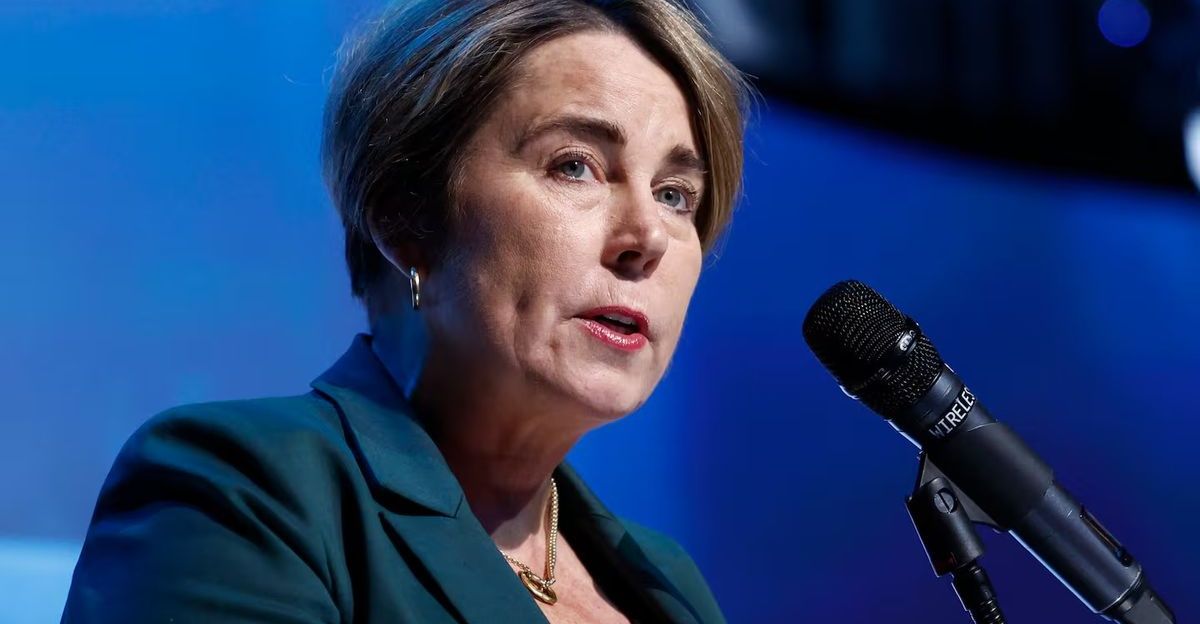Rising Drug Costs Trigger Major Layoffs at Mass. Health Insurer
In late October 2025, Point32Health, Massachusetts’ second-largest health insurer, announced its second major round of layoffs in just eight months. The company cut 254 jobs—about 6.7% of its workforce—on top of 110 positions eliminated in March. In total, nearly 10% of Point32Health’s staff have been let go this year, a move CEO Patrick Gilligan described as “incredibly difficult,” but necessary to address mounting financial losses.
For the 2 million members who rely on Point32Health, the layoffs are more than a corporate shakeup—they foreshadow higher premiums, reduced coverage, and potential delays in service. “We’re worried about what this means for our families,” said Boston resident and Harvard Pilgrim member Lisa Tran. “It feels like we’re paying more and getting less every year.”
The GLP-1 Drug Surge and Financial Fallout

At the heart of Point32Health’s troubles is an unprecedented spike in costs for new weight-loss medications known as GLP-1 drugs, including Ozempic, Wegovy, Zepbound, and Mounjaro. In 2024, the insurer spent $70 million on these prescriptions, with costs expected to double in 2025. Each prescription can exceed $1,300 per patient per month, making GLP-1s the company’s fastest-growing expense.
This surge blindsided the industry. Interim CFO Glenn MacFarlane acknowledged, “Every major health company underestimated how quickly demand for these drugs would explode.” Point32Health, like many insurers, set its 2025 premiums before realizing the full impact, leading to a $96 million loss in the first half of the year—an improvement from the previous year’s $155 million loss, but still unsustainable.
The company’s response has been twofold: raising premiums for 2026 by up to 13% for some members, and slashing coverage for GLP-1 drugs. Starting January, only Zepbound will be covered for obesity treatment, and most small employers and individuals will lose access entirely unless they pay out-of-pocket. For many, that means facing monthly bills over $1,300—an unaffordable sum for most.
Industry-Wide Shockwaves and Global Parallels

Point32Health’s crisis is not isolated. Blue Cross Blue Shield of Massachusetts, the state’s largest insurer, offered buyouts to 750 employees—about 18% of its staff—in October and reported a $400 million operating loss in 2024, largely due to soaring prescription drug costs. Blue Cross also dropped GLP-1 coverage for weight loss, mirroring Point32Health’s strategy.
This pattern is playing out nationwide. UnitedHealthcare, the largest U.S. insurer, offered buyouts to 30,000 employees this year. Blue Cross/Blue Shield affiliates from California to Michigan have announced similar cuts. The trend reflects a global challenge: in countries like Germany and the UK, insurers are also grappling with the high cost of breakthrough drugs, but national health systems often negotiate lower prices or restrict access more tightly, cushioning the financial blow.
Dr. Emily Carter, a health policy expert at Boston University, notes, “The U.S. system is uniquely vulnerable because insurers must cover expensive new treatments without the bargaining power or price controls seen in other countries. The result is a cycle of rising premiums, shrinking coverage, and workforce reductions.”
Impact on Service and Community

The layoffs at Point32Health raise concerns about the company’s ability to serve its members. With nearly 10% of staff gone and no specific departments targeted, customers may face longer wait times, slower claims processing, and less personalized support. The ripple effect extends beyond insurance: major healthcare providers like Mass General Brigham are also cutting jobs, threatening service quality across Massachusetts.
Morale among remaining employees is low. “We’re stretched thinner than ever,” said a Point32Health claims specialist who requested anonymity. “Members are frustrated, and so are we. It’s hard to keep up.”
Regulatory Scrutiny and the Road Ahead

State regulators are now scrutinizing premium hikes. Some insurers had their proposed increases rejected in July, but many were ultimately allowed to raise rates by 11-13%—about double the typical annual increase. Governor Maura Healey has called current prices “simply unsustainable” and urged tougher oversight.
The paradox is stark: GLP-1 drugs represent a genuine medical breakthrough, improving outcomes for obesity, diabetes, and heart disease. Yet at over $15,000 per patient per year, their cost threatens the financial stability of insurers and the affordability of care for millions.
As Point32Health pursues further cost-cutting and operational changes under new leadership, the stakes remain high. Without broader reforms to drug pricing and insurance funding, Massachusetts—and the nation—faces a future where life-changing treatments may be out of reach for many, and the very structure of health coverage is at risk.
- Nigeria Tutup Sekolah Akibat Penculikan Anak Meningkat - December 21, 2025
- Upaya Kemenkes Jaga Kesehatan Korban Banjir Sumatera, Obat dan Alat Medis Siap Disalurkan - December 21, 2025
- 🌱 Patch AM: When Styx and Chicago will rock Ameris Bank Amphitheatre in 2026 - December 21, 2025




Leave a Reply